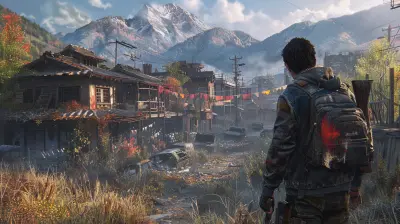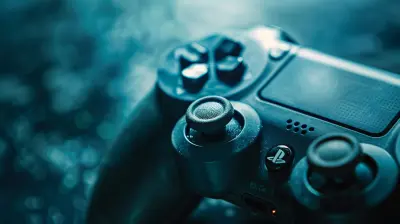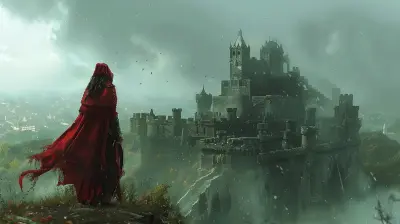The Chilling Impact of Minimalism in Horror Game Design
4 July 2025
Alright, horror fans, let’s address the pixelated elephant in the room: why do the simplest horror games scare the absolute soul out of us? Seriously, how is it that a game with two textures and a single flickering lightbulb can make you scream louder than a blockbuster zombie shooter with a $50 million budget?
Well, sit tight (and maybe keep the lights on), because we’re diving into the wonderfully wicked world of minimalism in horror game design. Spoiler alert: it's not just about fewer objects—it's about more fear, cleverly packed into less.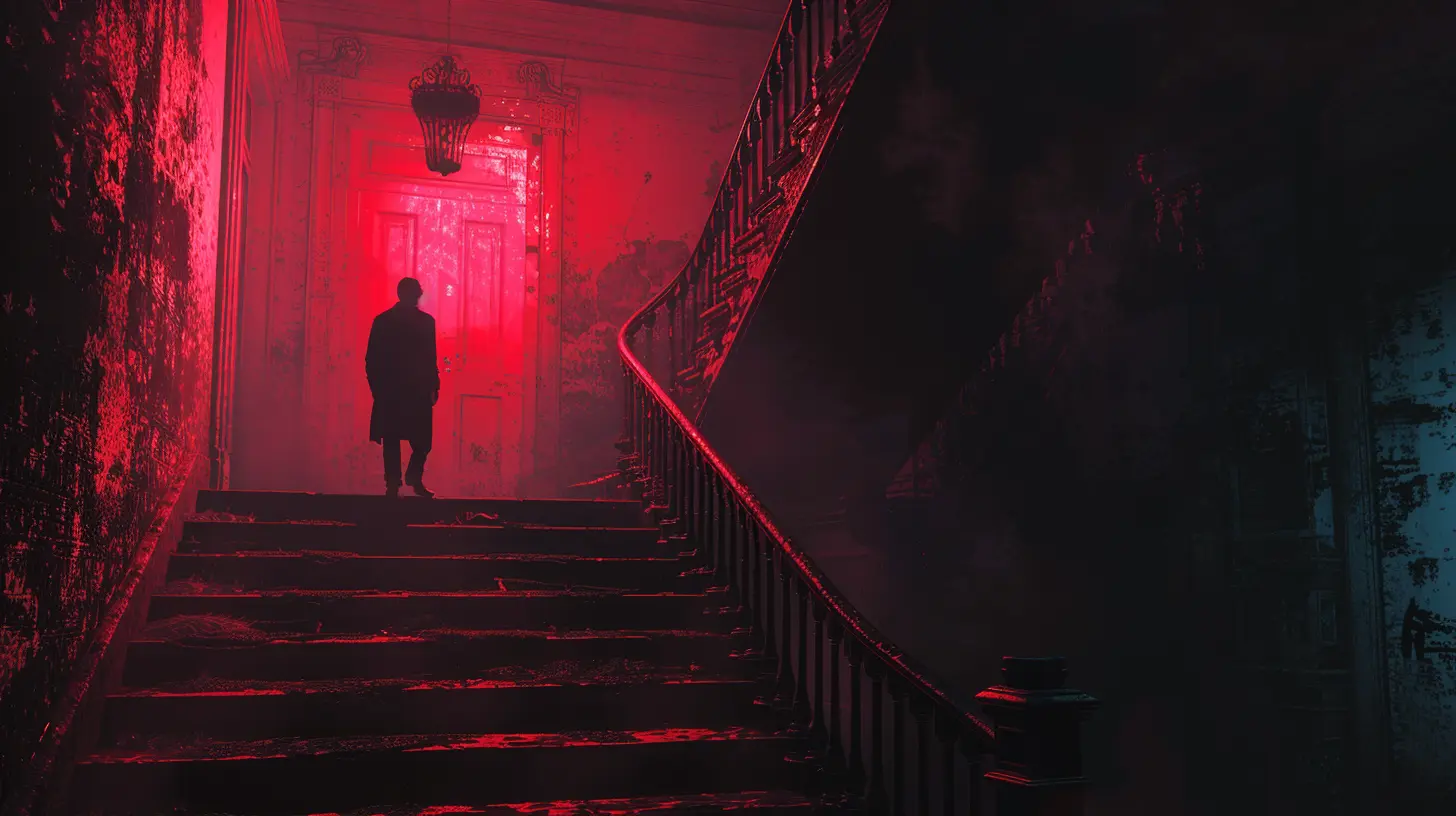
What Is Minimalism in Horror Games Anyway?
Let’s start with the basics. Minimalism, as your high school art teacher probably told you while wearing a turtleneck, is all about simplicity. In horror games, that "less is more" approach strips away the frills—no over-the-top gore, no complicated mechanics, no armies of monsters. Instead, minimalist horror focuses on atmosphere, sound, subtlety, and the power of what’s not shown.Think of it like making a horror movie where you never actually see the monster… but oh boy, you feel it breathing down your neck.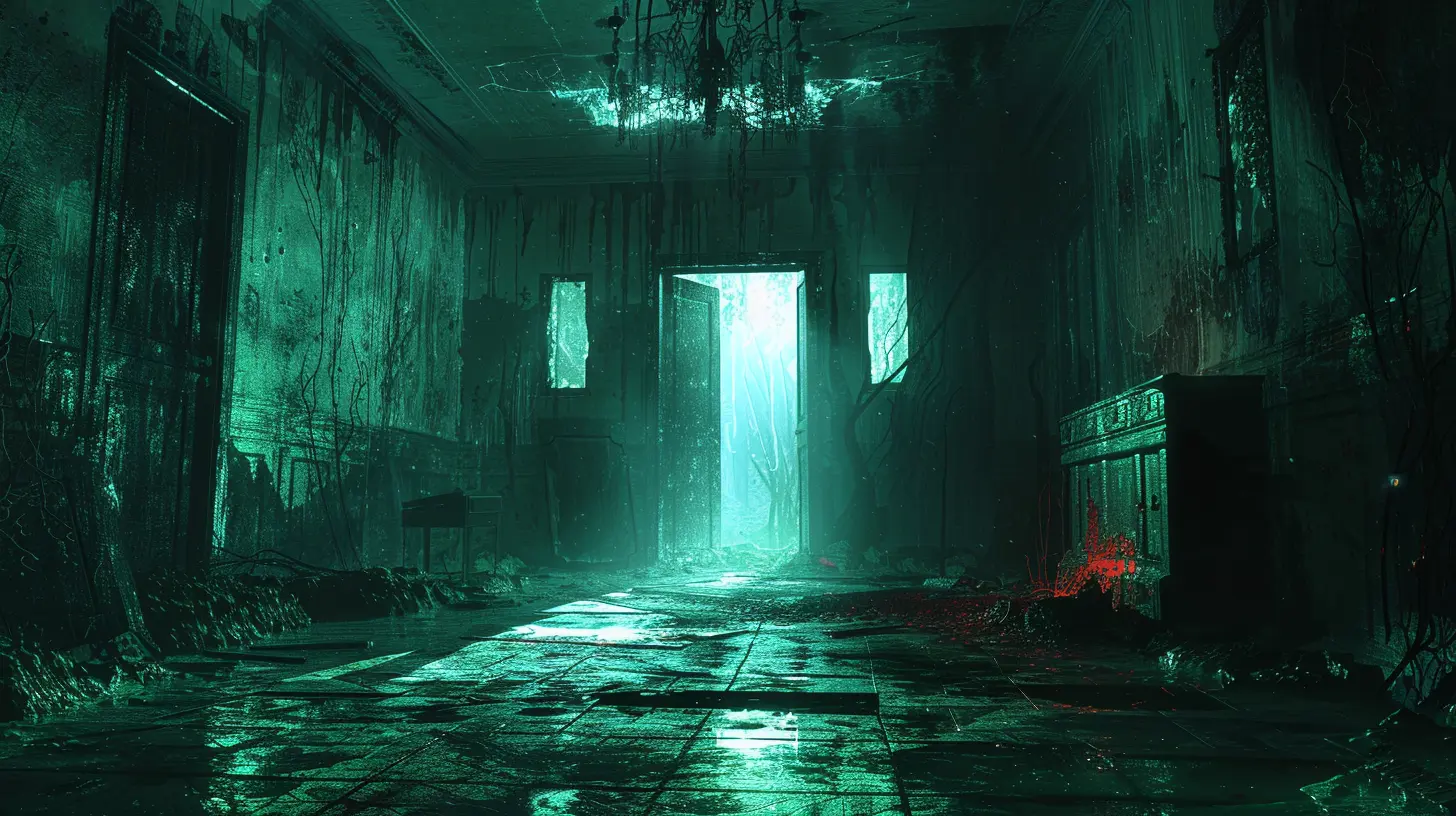
Why Minimalism Works Scarily Well in Horror Games
1. Our Brains Fill in the Blanks (and They're Jerks About It)
When there’s not much visually shown in the game, your imagination goes rogue. Suddenly, that faint creaky floorboard in the distance? Oh, it’s obviously a demon in flip-flops coming to steal your soul.Minimalist horror games weaponize your imagination. Developers create just enough tension and leave the rest to your overly-caffeinated brain. It’s the psychological version of “Don’t open that door!” but applied every. single. moment.
2. Simplicity = Focus = Terror
Ever tried running away from a ghost in a game while juggling inventory, puzzle pieces, and a flashlight battery? It's stressful, sure, but not necessarily scary.Minimalist horror strips away distractions. You’re not thinking about XP or ammo—you’re thinking, “Did that shadow just move?” That laser focus ratchets up the tension because you can’t look away. It’s like being trapped in an awkward elevator with a clown. Just you, the confined space, and the overwhelming dread.
3. Sound Becomes a Horror MVP
In minimal horror design, WHEN you hear something becomes way more terrifying than WHAT you hear. The absence of music, the sudden whisper in your ear, or the overstretched creak of a door hinge has you double-checking your real-life locks.Without explosions and soundtrack bangers, every sound feels important. If minimalist horror had a Tinder profile, it would say: “I like long silences and making you cry with one tiny noise.”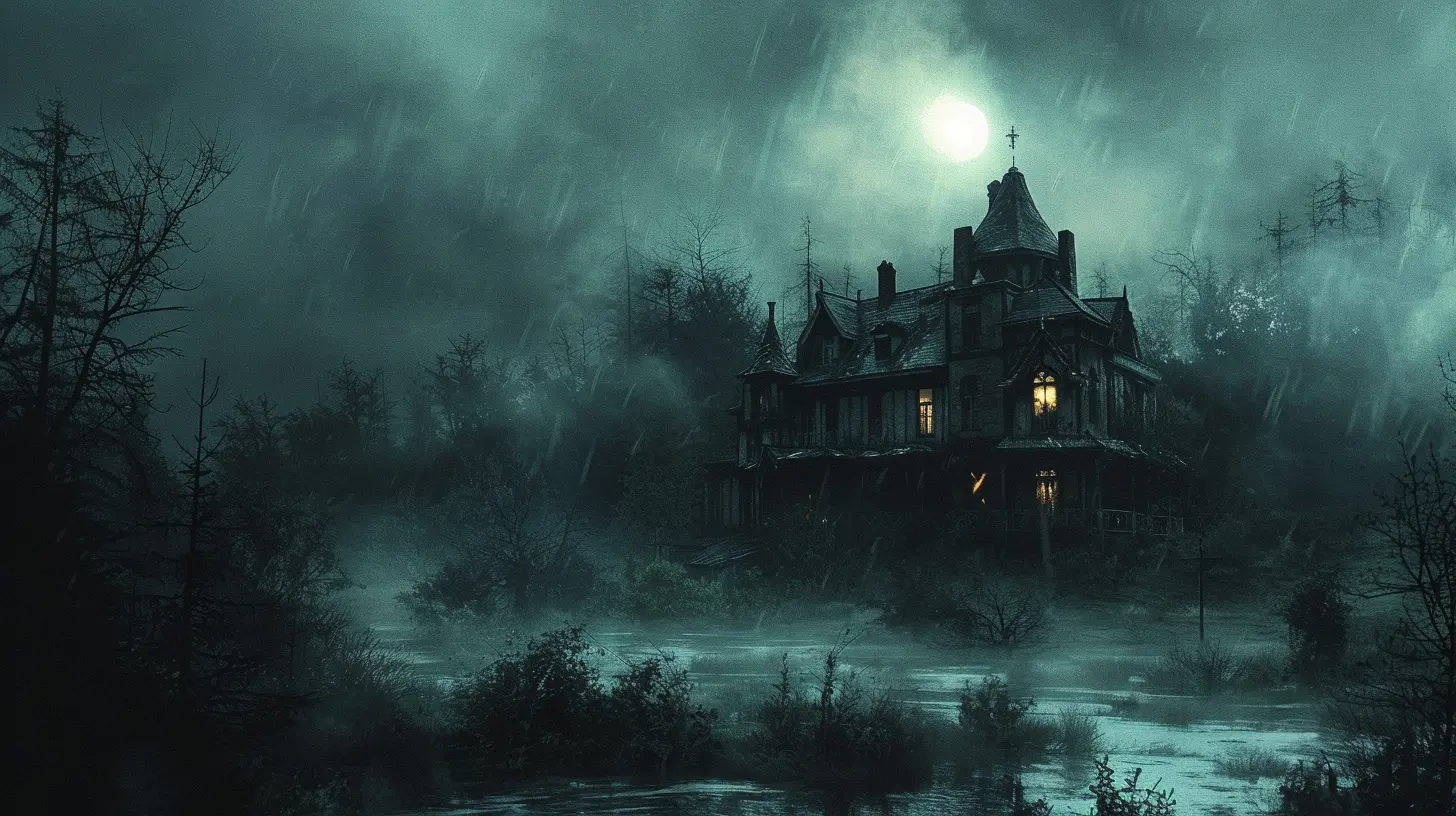
Classic Examples of Minimalist Horror Done Right
🎮 _Limbo_ – When Shadows Become Nightmares
This black-and-white side-scroller is proof that you don’t need color (or a face, for that matter) to scare players. _Limbo_ is silent, brutal, and beautiful in the creepiest way possible.You’re just a boy traversing a terrifying world of spidery legs and deadly traps—with no dialogue, barely any music, and visuals that belong in a haunted art gallery. The result? Pure, existential dread served on a monochrome platter.
🎮 _Five Nights at Freddy’s_ – The Animatronic Apocalypse
Let’s be real—FNAF is deceptively simple. You sit in a chair. You look at cameras. You shut doors. That’s it.But the tension? Through the roof. The game uses minimal controls and a tiny space to create maximum fear. It’s like playing hide-and-seek with Chuck E. Cheese on acid.
🎮 _Slender: The Eight Pages_ – Literal Nightmares in the Woods
No HUD. No objective markers. Just a flashlight, trees, and the relentlessly stylish man in a suit who wants to steal your page collection.Released back in the era of pixelated jump scares, _Slender_ taught us that you don’t need 4K graphics or a complex story to make players yeet their mouse in fear. Just a forest and the slow, creeping presence of the Slenderman.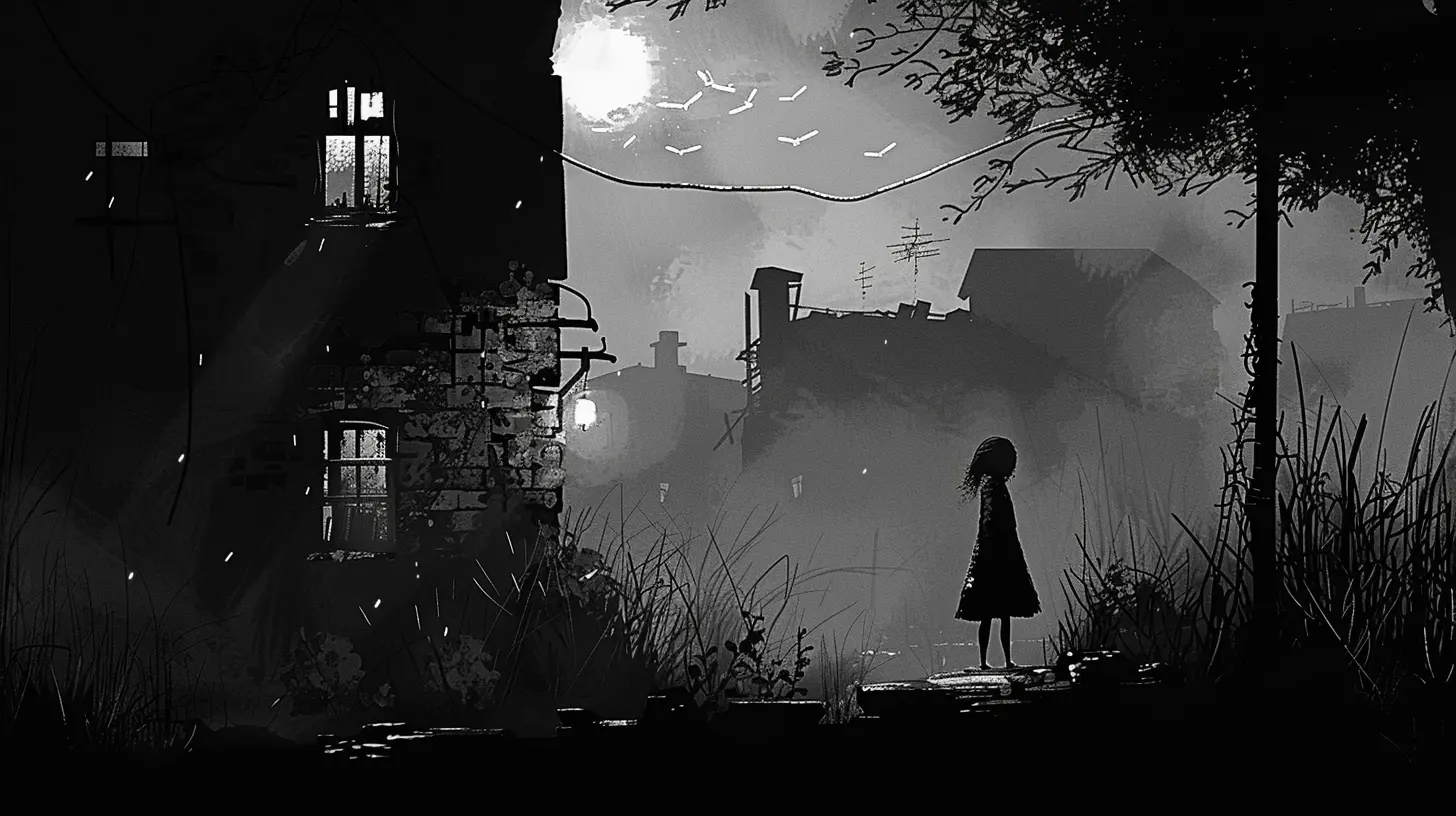
The Role of Isolation: Where Emptiness Becomes Your Worst Enemy
Minimalist horror games LOVE putting you in places where nobody else exists. It’s the horror equivalent of being left on “read”—alone, confused, and slightly insulted.Games like _Soma_ or _Inside_ perfect this eerie isolation. There's a sense of vast nothingness, with just you (and maybe something lurking nearby) in the spotlight. It turns silence into a weapon and transforms empty spaces into psychological pressure cookers.
Visual Restraint: When Blank Walls Scream Louder Than Gore
You’d think having less visual detail would make a game less intense, right? Wrong.Minimalist horror often uses blank space and reduced color palettes to deliver psychological discomfort. Think of it like the Uncanny Valley's minimalist cousin—everything looks almost normal, but your gut says “RUN.”
By removing over-complicated environments, developers highlight every single change in scenery. A single bloodstain on a clean wall might tell a story more horrifying than a hundred severed limbs.
Hold Up—Is This Just Budget Horror?
Good question! And the answer is… sort of, but not really.Yes, many indie devs use minimalist design because it’s wallet-friendly. But make no mistake—effective minimalist horror isn’t just about saving money. It’s about focusing energy on what matters: fear, tension, and storytelling.
It’s kind of like cooking with only three ingredients and still ending up with a gourmet meal. Who knew that a hallway, one light, and some whispering could taste like five-star horror?
Psychological Terror vs Jump Scares: The Minimalist Advantage
Let’s be honest—jump scares are like fast food. Cheap, quick, and often regrettable. Minimalist horror leans into psychological terror instead. You don’t flinch once and move on; you spend hours thinking about what didn’t happen in that hallway.It’s that slow-burn fear. The kind that lingers like the smell of microwaved fish in an office kitchen. And that’s where minimalism absolutely shines.
Why Minimalism Is the Future of Indie Horror
As horror becomes more mainstream, indie developers are turning back to minimalist roots. And why not? It’s effective, accessible, and gives them freedom to break the rules.Games like _Iron Lung_, _Anatomy_, and _ImScared_ have all pushed boundaries with barely any resources. It’s the punk rock of game development. Who needs photorealism when static and low-res textures can make players scream like they stepped on Lego?
How Sound Design Becomes the Backbone of Minimalist Terror
We touched on this earlier, but it needs its own spotlight. Without heavy visuals or complex gameplay, minimalist horror depends heavily (and we mean HEAVILY) on sound.From ambient dread to tiny, sinister cues, every noise carries weight. It's like your ears become your only weapon—and they're constantly betraying you.
Sound design in minimal horror is like your friend who whispers “Did you hear that?” right before you enter a haunted house. Rude. Effective. Terrifying.
The Minimalist Horror “Feeling” – You Know It When You Feel It
You ever walk into a room and just feel like something is off? That’s minimalist horror in a nutshell. It’s not screaming in your face—it’s whispering in your ear. It’s the subtle hair-raising sensation that you’re being watched… even when nothing is there.A great minimalist horror game doesn’t jump out wearing a monster costume. It tiptoes around your nerves, plants seeds of doubt, and lets your brain fan those flames until you’re burning with paranoia.
TL;DR: Why We Can't Stop (and Shouldn't Stop) Being Scared by Simplicity
Minimalism in horror game design is not just a trend. It’s a technique, an art form, and honestly, a one-way ticket to nightmaresville (population: you).By stripping horror games down to their spookiest essentials, developers have shown that fear doesn’t need a big budget—it just needs a clever mind and maybe a really creepy sound file.
So, next time you fire up a pixelated horror game with a single hallway and one scary noise… don’t underestimate it. Because that’s not just minimalism—it’s maximum terror in disguise.
Stay spooky, friends.
all images in this post were generated using AI tools
Category:
Horror GamesAuthor:

Luke Baker
Discussion
rate this article
2 comments
Wolf Hayes
This article brilliantly highlights how minimalism in horror game design intensifies fear through atmosphere and imagination. By stripping away excess, developers can create a more immersive experience that leaves players on edge, proving less truly can be more in horror storytelling.
September 8, 2025 at 3:48 AM

Luke Baker
Thank you for your insightful comment! I'm glad you found the article resonates with the idea that minimalism enhances immersion and fear in horror games.
Felicity Maddox
This article insightfully explores how minimalism in horror game design amplifies fear and tension. By stripping away excess, developers create immersive atmospheres that engage players' imaginations. The haunting silence and sparse visuals can evoke profound dread, proving that less truly is more in the horror genre.
July 10, 2025 at 4:06 PM

Luke Baker
Thank you for your thoughtful comment! I'm glad you found the article's exploration of minimalism in horror game design compelling. It's fascinating how simplicity can heighten emotions and create truly immersive experiences.
